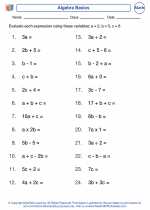Algebra Study Guide
Understanding Variables and Constants
Variables are symbols, usually letters, that represent unknown or changing values. Constants are fixed values that do not change.
Expressions and Equations
An algebraic expression is a combination of variables, constants, and operations. An equation is a mathematical statement that shows the equality of two expressions.
Solving Equations
To solve an equation means to find the value of the variable that makes the equation true. This often involves using inverse operations to isolate the variable.
Linear Equations
Linear equations are equations that, when graphed, form a straight line. They are typically in the form of y = mx + b, where m is the slope and b is the y-intercept.
Graphing Equations
Graphing equations allows you to visually represent the relationship between variables. Plotting points and drawing lines are common techniques used in graphing linear equations.
Word Problems
Algebra is often used to solve real-world problems by translating the given information into algebraic expressions or equations.
Inequalities
Inequalities compare two expressions using symbols such as < (less than), > (greater than), ≤ (less than or equal to), or ≥ (greater than or equal to). Solving inequalities involves similar techniques as solving equations, but with some differences due to the inequality symbols.
.◂Math Worksheets and Study Guides Fourth Grade. Algebra
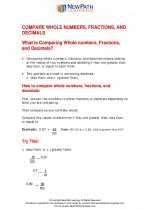
 Worksheet/Answer key
Worksheet/Answer key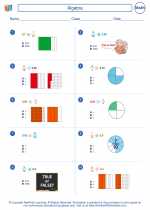
 Worksheet/Answer key
Worksheet/Answer key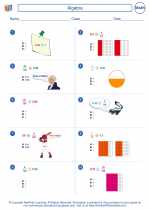
 Worksheet/Answer key
Worksheet/Answer key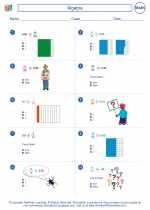
 Worksheet/Answer key
Worksheet/Answer key